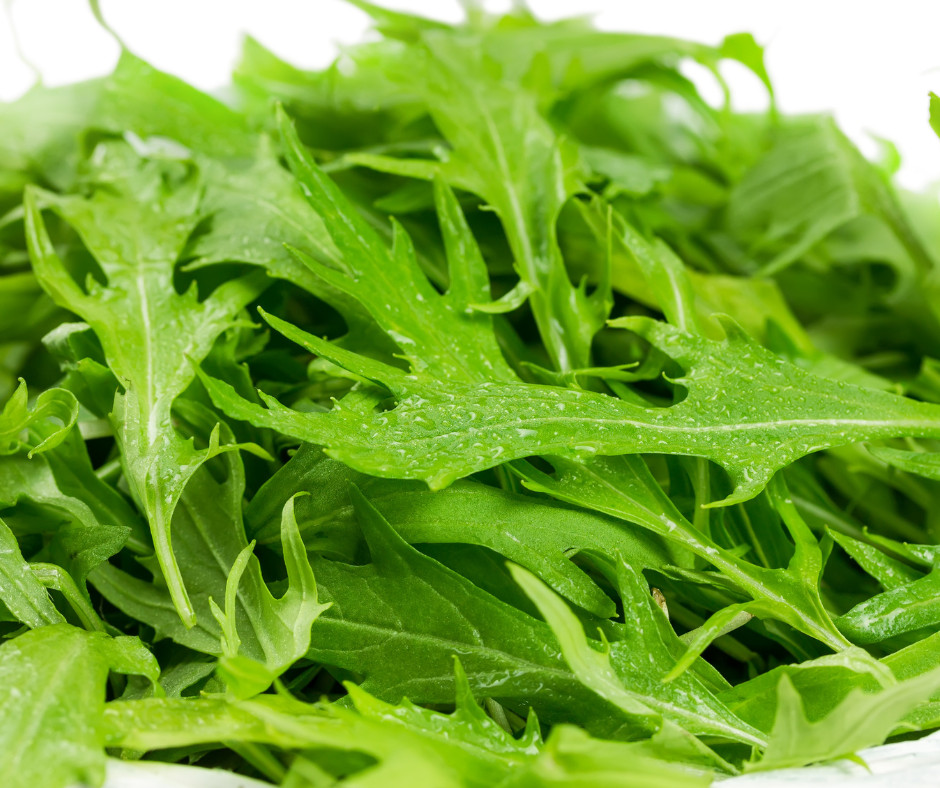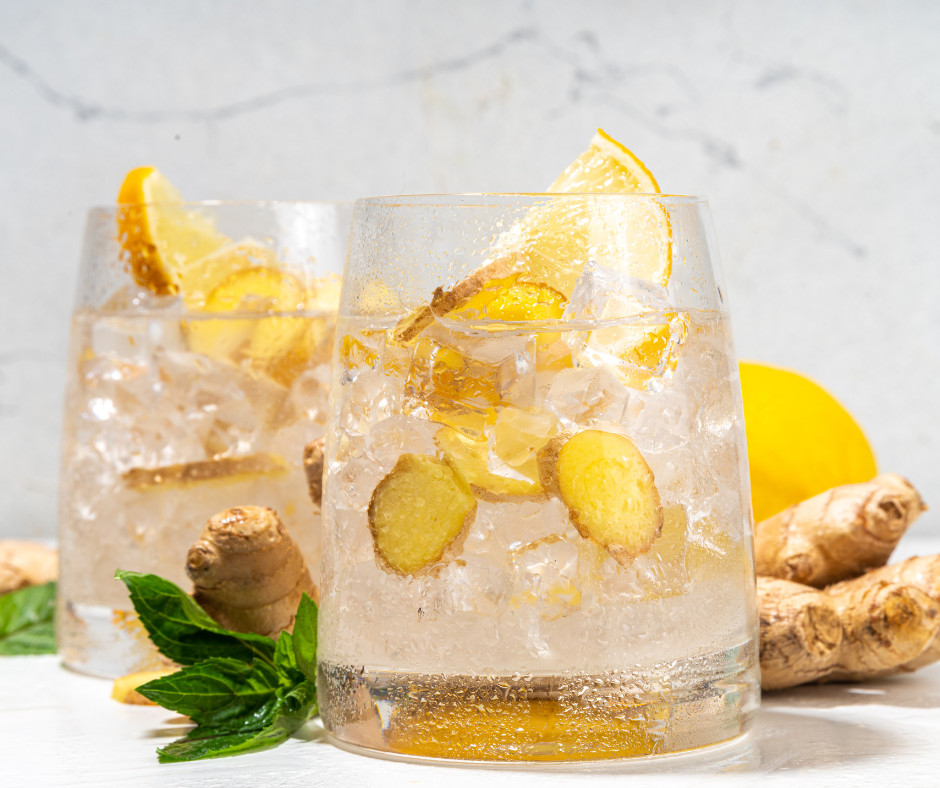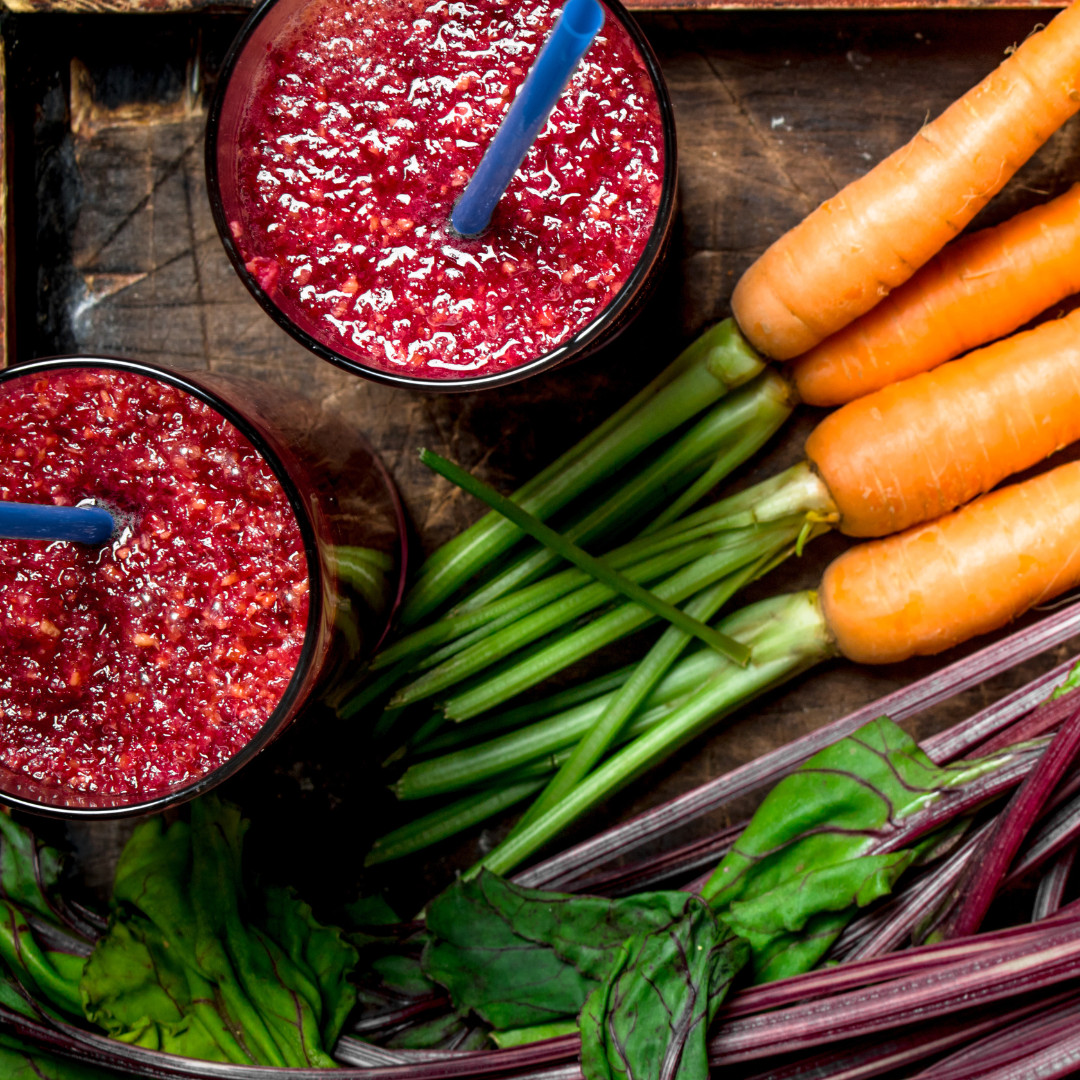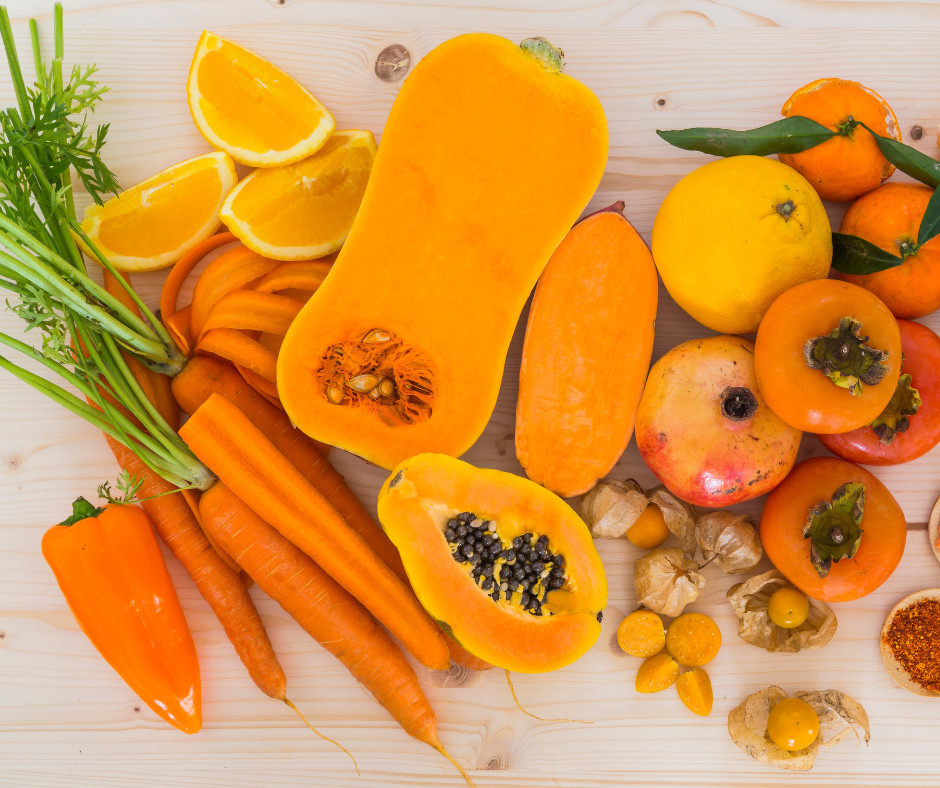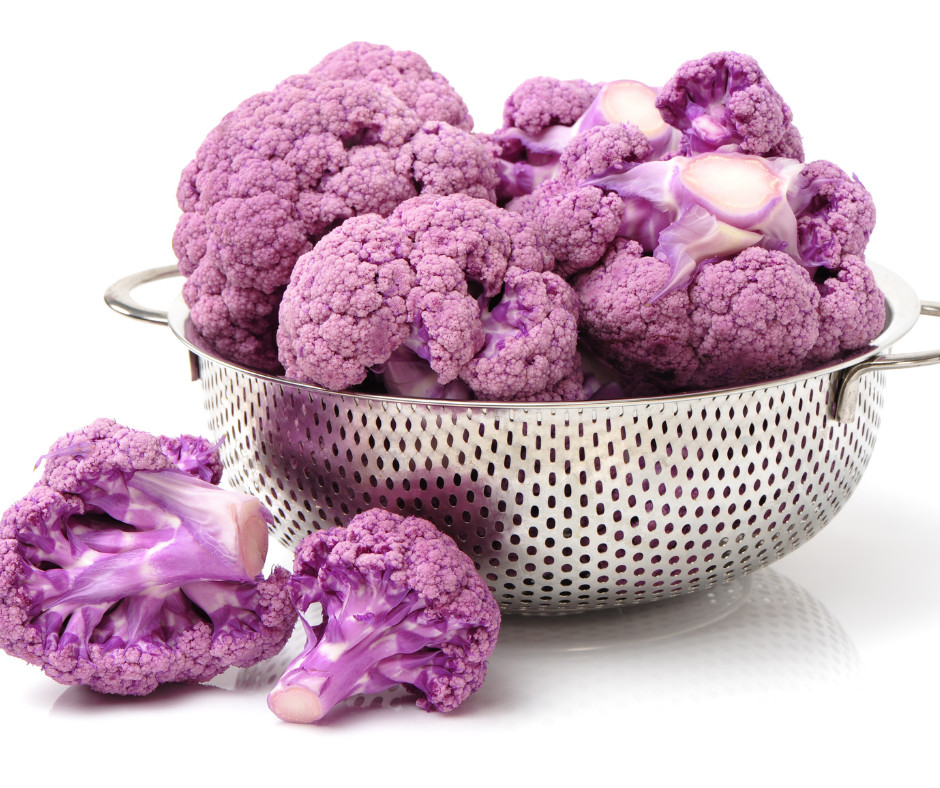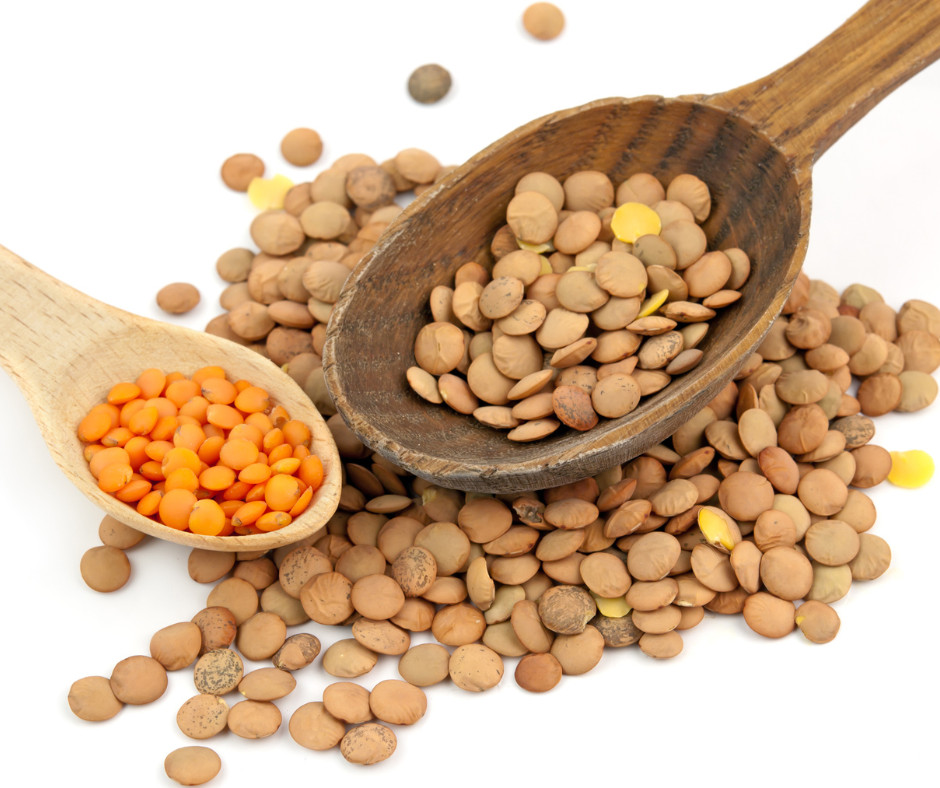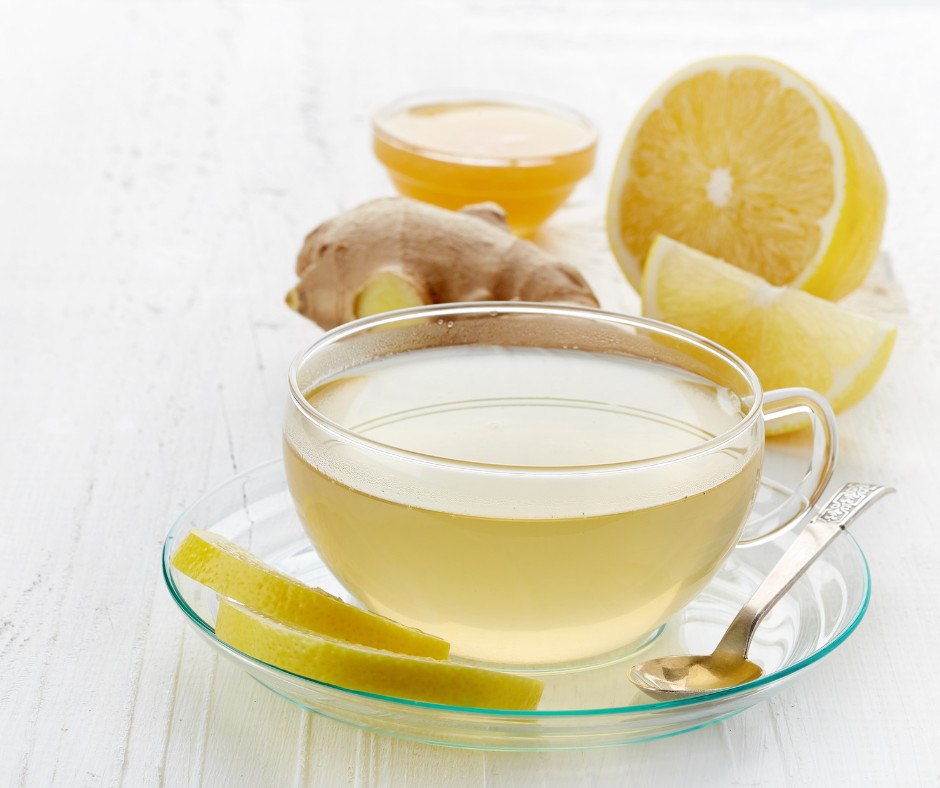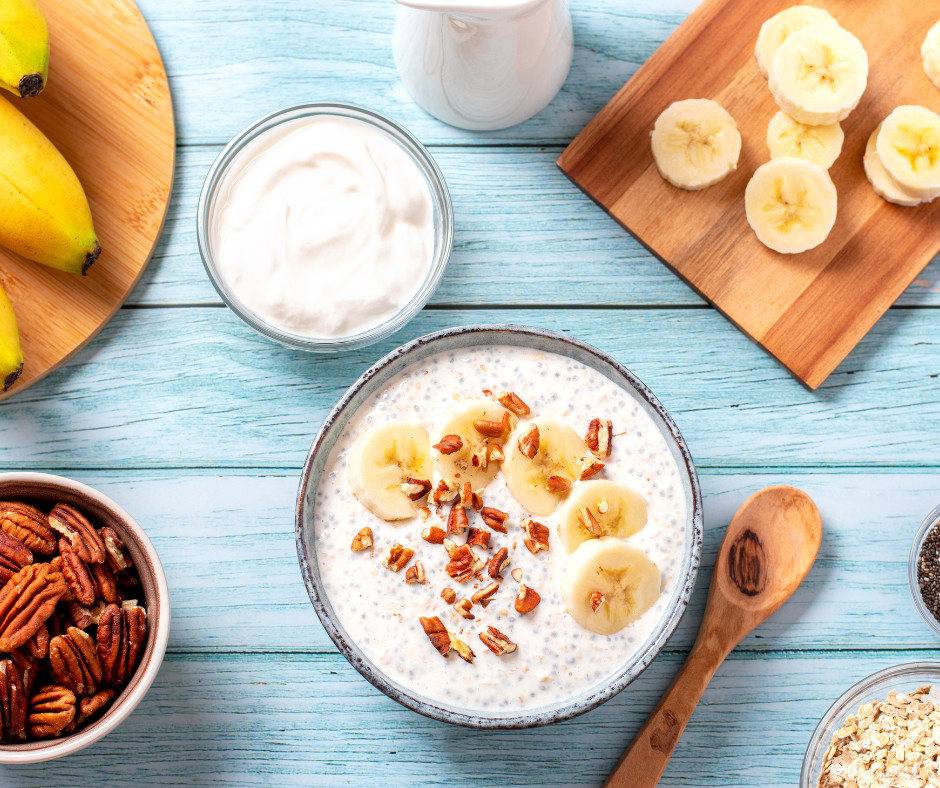
Food has a direct impact on your mood because what you eat affects the structure of your brain and the neurotransmitters your brain produces. Neurotransmitters, like serotonin, help you to relax, feel good, and is a mood regulator. While dopamine can help you feel more focused. The foods you eat provide the building blocks for these chemicals. If your brain isn’t given the fuel it needs to provide the right balance of neurotransmitters, you may experience mood swings and foggy brain. The right foods, like those rich in omega-3 fatty acids, boost your mood. while low quality food actually negatively impacts your brain.
There is a whole new science called nutritional psychiatry. It explores the consequences and correlations between not only what you eat, how you feel, and how you ultimately behave, but also the kinds of bacteria that live in your gut. Here are some of the relationships between food and your mood.
Excess Sugar and Artificial Sweeteners
Sugar can send your mind and body into a tailspin. While you may feel immediately energized, too much sugar can increase feelings of anxiety, irritability and depression. Sugar is addictive and can also hinder your body’s ability to balance stress. Naturally occurring sugars, like those found in fruits, can be OK when eaten as a whole food (not juice) and part of a healthy diet. Artificial sweeteners are even worse than sugar. They can be in chewing gum, no-calorie waters and even toothpaste. Side effects of consuming artificial sweeteners include headaches, mood disorders, dizziness and migraines.
There are many healthy sweeteners such as dates, raw honey, stevia, coconut sugar, monk fruit and black strap molasses. One sugar alternative that may seem safe is agave nectar. But it has become so popular, most of it is now highly processed and is basically, stripped of all nutritional value. The resulting product is largely fructose, which is the most damaging form of sugar.
Caffeine
If you have anxiety, one of the first places to look is at the amount of caffeine your consuming. While coffee and tea ares full of antioxidants, you body may be sensitive to the caffeine and it could be affecting your mood. Caffeine can alter your mood by impacting hormones, neurotransmitter function and nerve signaling. It can also increase anxiety-like feelings by increasing your heart rate and making you feel jittery. You may want to try eliminating caffeinated coffee and try just green tea. Or you may need to avoid caffeine all together.
Food Intolerances
Any food can potentially cause a chemical reaction in your body that could make you feel anxious. One of the most common is gluten, which is found in wheat, oats, rye and barley. Another is corn which is found in one form or another, in most processed foods. If you have an food intolerance, you could have anxiety, depression and/or digestive problems. Try keeping a food log to see if you can discover the relationship between food and your mood. Some people experience a shift in mood immediately and others notice a change a day or two later. Try and remove suspected foods one at a time, an notice how you feel.
Unhealthy Fats
Fast food and prepackaged foods are usually produced with fats that increase inflammation due to the higher levels of omega-6 fatty acids. These compete with, and block out, the healthy omega-3 fatty acids. Omega-3 fatty acids are natural mood enhancers. Some of the best sources are grass-fed dairy products along with things like wild-caught fish, avocados, and nuts and seeds.
Processed Meats
Processed meats like hot dogs, bologna and sausage are often packed with fillers, preservatives, sugar and salt. These ingredients can cause migraines, bloating, and mood swings. Non-organic meats may also contain antibiotics which can affect your gut health. We now know that the health of your gut is a huge determining factor in your physical and mental health. 90% of your serotonin receptors are located in your gut. Eating whole foods and a diet that rich in fiber can go a long way towards keeping your gut healthy. Probiotic foods like keifer, yogurt and sauerkraut provide good bacteria. And prebiotic foods like artichoke hearts and asparagus, help feed the good bacteria.
Did this help you? If so, I'd greatly appreciate it if you commented and/or share it on social media.

Email: sharonledwards@hotmail.com
Facebook: https://www.facebook.com/sharonledwardsbiz/

The Omega-3 fatty acids in fish are powerful anti-inflammatory agents and also contribute to bone health and brain function. They are also important for eye and skin health, Unfortunately, heavy metals like mercury, are winding up in the water and accumulating in fish. Not only that, but some fish have been over-fished, which can have detrimental effects on the ocean ecosystem. The good news is that there are healthy, low contaminant fish choices with stable populations. Below are some of the best fish to eat. If you don't eat fish, you can get Omega-3 fatty acids from things like flax, chia, hemp, and pumpkin seeds. Walnuts, marine algae, and dark leafy green vegetables are other good sources.
Wild Caught Alaskan Salmon
Wild-caught Alaskan salmon is one of the healthiest foods and best fish to eat. This includes sockeye, coho, pink, Chinook, and pink Chinook salmon. In addition to being rich in healthy Omega-3 fatty acids, salmon is a great source of protein, B vitamins, potassium and selenium. It contains more than a day's worth of vitamin D in one serving. As always, watch out for deceptive labeling. Some salmon start out in a farm and are released into the wild to be caught latter. The problem with this is that farm raised fish, and imported salmon, are typically fed an inferior diet and are raised in unhealthy conditions.
Wild Arctic Cod
Cod has a mild taste and flaky flesh. Compared to other fish, it’s much leaner and lower in calories. This makes it one of the best fish to eat for weight loss. Plus, it’s high in B vitamins and selenium. The key is knowing the source of the cod because Atlantic cod is considered vulnerable due to over-fishing. True wild arctic cod comes from Alaska, the Bering sea, and northeast Pacific waters. A by-product of high quality cod is cod liver oil. People living in colder regions of the world have been using cod liver oil for centuries to build a strong body and enhance their immune system. In addition, cod liver oil contains vitamin D which naturally protected them from dark, long winters.
Atlantic Mackerel
Mackerel has a rich taste and flaky texture. Like the other fish on this list, it is loaded with omega-3 fatty acids, vitamin B12, selenium and niacin. It is a fast growing fish, meaning it can repopulate easily and handle higher amounts of fishing. The gear used to catch Atlantic mackerel is efficient and not likely to cause major habitat destruction. This makes it an ocean-friendly choice. Mackerel is available canned and fresh and may be grilled, baked, roasted or pan-seared for a quick and convenient main course.
Wild Alaskan Pollock
Alaskan Pollock is always wild-caught in the northern Pacific Ocean. It has a mild flavor and light texture and is high in protein. In addition, it contains selenium, vitamin B12 and magnesium. It is also called Walleye Pollock. It is a different species than the Pollock found on the Atlantic coast and is one of largest fisheries in the world. Surimi is produced by mincing and washing Alaskan Pollock fillets and then adding other ingredients. These other ingredients stabilize the protein in the fish and enable it to be frozen for extended periods of time. It is commonly used as "imitation crab" and is often used as "seafood" in seafood salads. This makes it an unhealthy choice as it is extremely processed.
Alaskan Crab
Crabs are high in protein and low in fat. And the sweet flesh of the king crab is loaded with zinc. Zinc is an antioxidant, but more important, it helps support healthy bone mass and immune function. Alaskan crab species include king and snow, and are sustainably harvested. But you need to make sure the crab is truly from Alaska where no fish farming is allowed. There is crab labeled as "Alaskan Crab" that comes from Russia.
Did this help you? If so, I'd greatly appreciate it if you commented and/or share it on social media.

Email: sharonledwards@hotmail.com
Facebook: https://www.facebook.com/sharonledwardsbiz/

Your bones are composed of living tissues that are in a constant state of breaking down and regrowing. Osteoclast cells break down old and weak bone. And osteoblast cells are used to build new, strong, and healthy bone. If this process doesn't happen as needed, it signals an imbalance is happening in your body. While bone loss after age 30 increases significantly, it is not the only factor in osteoporosis. There are many things you can do to maintain your bone health.
Hormone Imbalance
Estrogen deficiency in women, and testosterone deficiency in men, can cause bone loss. This is because hormones are needed to prevent the breakdown of bone. For women, menopause is the most common reason for reduced estrogen levels. But it can occur in young women that are athletes or who are very thin. Eating a variety of foods high in fatty acids is a key to keeping your hormones balanced. Not only are these essential fats fundamental building blocks for hormone production, but they keep inflammation levels low, boost your metabolism and promote weight loss. Coconut oil, avocados, grass-fed butter and wild-caught salmon are great sources of healthy fats. Here is more information about how to balance your hormones naturally.
Healthy Diet
Avoiding acid forming foods like sugar, pop, and highly processed foods. This will help keep your body alkaline which will help reduce bone loss. Instead, make sure you eat calcium rich foods like broccoli, kale, and collard greens. While it may be tempting to use dairy as a primary source of calcium, many people are becoming sensitive to dairy. A good example of people maintaining bone health without consuming dairy can be found in the traditional Chinese culture. Historically, Chinese women had no problems with osteoporosis (a disease characterized by decreased bone density) and their diet did not include dairy. The other critical vitamins for building bone are magnesium, vitamin K, and vitamin D3.
Vitamin D3 and vitamin K2 work synergistically to promote bone health. They work together to help guide calcium into the bone tissue and prevent it from accumulating in unwanted locations, such as the arteries. Vitamin D3 is important for calcium absorption and is the biologically active form of vitamin D. Your body makes vitamin D from sun exposure, but you can also consume foods containing vitamin D. The best dietary sources of vitamin D are wild-caught salmon and fatty fish, cod liver oil, grass-fed butter and raw cheese, egg yolks, mushrooms.
The top food sources of magnesium are leafy greens such as Swiss chard and spinach, sea vegetables, sprouts, and avocados. Grass-fed dairy and wild-caught fish are rich in magnesium. Pumpkin seeds, nuts, dark chocolate, and coffee are also good sources of magnesium. Foods rich in vitamin K2 are meat, dairy, fermented foods, and natto. Vitamin K2 is also produced by the beneficial bacterial in your gut.
Supplements
If you feel you aren't getting the nutrients you need to maintain your bone health from your diet, you may want to add a supplement/s that contains the necessary vitamins and minerals. The ideal supplement would contain bioavailable calcium, magnesium, vitamins D and K, and other trace minerals.
Exercise
Exercise is important for a lot of reasons, and is especially important to help you maintain your bone health. It increases the secretion of a thyroid hormone called calcitonin in your body. And calcitonin inhibits bone breakdown. Weight bearing exercise is especially beneficial for osteoporosis. Most people think of weight bearing exercise as lifting weights. Actually, weight bearing exercise is any exercise that requires your bones and muscles to support your body weight. Examples are running, walking, yoga, Pilates, dancing, and tennis.
Alcohol, Smoking and Caffeine
Alcohol interferes with calcium absorption. So, it is no surprise that heavy alcohol consumption can lead to decreased bone density and decreased bone formation. To add to the long list of negative effects smoking has on your body, it also decreases your bone density mass. This is because smoking increases the breakdown of estrogen in the liver. Finally, drinks and foods with high levels of caffeine can also interfere with calcium absorption.
Did this help you? If so, I'd greatly appreciate it if you commented and/or share it on social media.

Email: sharonledwards@hotmail.com
Facebook: https://www.facebook.com/sharonledwardsbiz/
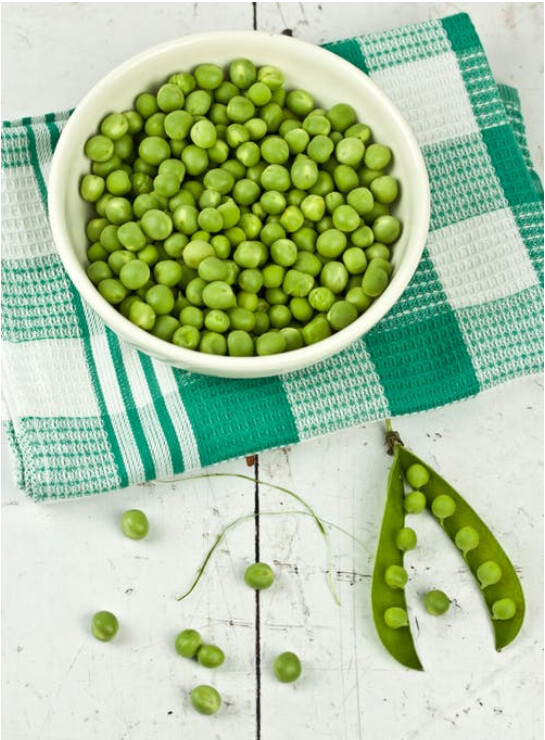
Eating healthy sources of protein is important for your health because protein is made up of amino acids that your body uses for almost every internal process. There are 20 amino acids in your body. Eight of these are called essential amino acids and cannot be produced by your body. You can only get them from your diet. Animal sources of protein include fish, eggs, raw dairy and meat product. Some plant foods also contain substantial amount of protein and have a large number of other benefits. There are many great plant based protein options, but here are some of my favorites.
Lentils
Lentils contain almost 18 grams of protein per serving. They contain all 20 amino acids, but not enough of two of them to meet your body's needs. If you are doing a completely plant based diet heavy in lentils, you could add some healthy nuts to round out your supply of amino acids. In addition, lentils are one of the most fiber-rich foods you can find. They contain both soluble and insoluble fiber. Lentils may also help you feel more energized because they are full of slow burning complex carbohydrates, fiber, and iron.
Black Beans
Black beans have all but 1 of the 20 amino acids found in animal based foods. And they contain 14 grams of protein per serving. Besides protein, black beans provide lots of soluble and insoluble fiber. The combination of both types of fiber can decrease your risk of many chronic diseases and help you stay fuller, longer. Black beans also contain magnesium which is used over 300 enzymatic reactions in the body including metabolism. Black beans are just one type of bean that is a great plant based protein option.
Green Peas
Green peas contain 9 grams of protein per serving along with lots of fiber. The fiber in them may improve digestion and help keep your intestines healthy. Because of their high fiber content, green peas can also help to regulate your blood sugar. This is important for people with diabetes, but it also affects those who do not have this disease. Spikes in blood sugar levels can affect your energy, memory and other parts of the body. A serving also contains your daily recommended vitamin D.
Quinoa
Quinoa is often referred to as an “ancient grain,” although it’s technically not a grain at all. It is a seed that you use similarly to barley. It contains 8 grams of protein per serving and contains all essential amino acids. Quinoa contains almost double the amount of fiber as other grains. It also contains iron which helps keep your red blood cells healthy. Iron carries oxygen from one cell to another and supplies oxygen to your. Iron also increases brain function because the brain takes in about 20% of our blood oxygen. It is a great substitute for rice and can used as part of a main dish or as an ingredient in a healthy salad.
Wolfberries
Also known as goji berries, these dried red berries have been used in traditional Chinese medicine for more than 2,000 years. A 1/4 cup contains 9 grams of protein and all essential amino acids. They have a potent nutrient profile including more vitamin A than the recommended daily allowance. They are rich in antioxidants and by weight, contain about as much vitamin C as fresh lemons and oranges. Goji berries also have a low glycemic index (GI) which means they will not elevate your blood sugar level. Wolfberries are a wonderful plant based protein option.
Did this help you? If so, I'd greatly appreciate it if you commented and/or share it on social media.

Email: sharonledwards@hotmail.com
Facebook: https://www.facebook.com/sharonledwardsbiz/

It is estimated that many people spend as much as 90% of their lives inside with little, to no, exercise. By spending so much time indoors, a lot of people are missing out on the protective factors inherent in nature. You can keep your body functioning at it's peak potential by embracing a healthy lifestyle that supports your mental and physical wellness. Here are a few of the many benefits of getting outside.
Balance Your Mood
If you're not in a good mood, taking a walk outside may help. Studies have shown that getting outdoors can improve your overall feelings of well being and reduce anxiety. That's because when sunlight enters your eyes, it stimulates the release of serotonin, which is often called the "Happiness Hormone". Getting outside can also help you find solutions to problems or inspire creativity. And for those with seasonal affective disorder (SAD), getting outside can help offset the impact of the lack of daylight during seasons with shorter amounts of daylight. Plus moving during the day will help you fall asleep more quickly and sleep deeper for a longer period of time Exercise, like walking outside, also causes your body to produce growth hormones, which help it to repair and revitalize itself.
Vitamin D
A large number of people are deficient in vitamin D. Your body can produce most of the vitamin D it needs. When your skin is exposed to sunlight, it makes vitamin D from cholesterol. The sun's ultraviolet B (UVB) rays hit cholesterol in the skin cells, providing the energy for vitamin D synthesis to occur. Try to get at least 10 to 15 minutes of unprotected time in the sun each day to give your body a chance to make the Vitamin D it needs. Midday, especially during summer, is the best time to get sunlight. At noon, the sun is at its highest point, and its UVB rays are most intense. That means you need less time in the sun to make sufficient vitamin D. Be aware that sunscreen could prevent the skin from producing it. So spend 10 to 15 minutes without sunscreen and then apply sunscreen if you are going to be exposed longer.
Sleep Better
When your eyes take in the right kind of light at the right time of day, it switches on responses in your body that not only helps your emotional well-being, but how deeply you sleep. Getting outside in the sun for 15 minutes each morning will help your body produce melatonin, the sleep hormone. You can also get the sunlight in your eyes through a window. And if neither of those is possible, you may want to get some healthy lighting that simulates natural outdoor light. This company has a variety of light bulbs that both, reduce the blue light at night, and simulate sunlight during the day. This will allow you to experience some of the many benefits of getting outside, even if you can't.
Grounding
When you get your bare feet on the earth, your feet will draw in the earth’s electrical charges. This is known as grounding or earthing. The electromagnetic energy from the Earth can have profound healing effects on your body. It can communicate with your central nervous system and help balance biochemical reactions. Most people will experience improved sleep and reduced inflammation when they can regularly get their feet on the earth. If you can't do this, there are grounding or earthing mats that you can buy and will deliver the same benefits.
Fresh Air
Indoor air pollution can be up to 10 times worse than what you’re inhaling outdoors. You may think of pollution as factory smoke or car exhaust, but indoor air pollution can be worse than what you might find outside. Poor indoor air quality can result from poor ventilation, paints, mold, chemicals from household and personal products, and the pollutants that are brought inside on your shoes. Consider eliminating the chemicals in your home to minimize their impact on your body. And get outside to experience the the different sights, smells, and sounds around you. You may be surprised by the benefits of getting outside.
Did this help you? If so, I'd greatly appreciate it if you commented and/or share it on social media.

Email: sharonledwards@hotmail.com
Facebook: https://www.facebook.com/sharonledwardsbiz/



